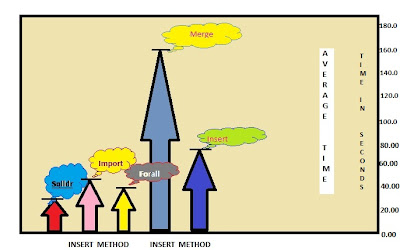How can I prevent rats from attacking my car?

Car rat problems can be a frustrating and persistent issue. Here are some tips to help you overcome the problem: Remove food sources: Rats are attracted to food, so it's important to remove any food sources from your car. Avoid eating in your car, and clean up any crumbs or spills immediately. Keep your car clean: Rats like to nest in cluttered areas, so it's important to keep your car clean and free of clutter. Regularly vacuum and wipe down surfaces to prevent the buildup of dirt and debris. Use repellents: There are several types of rat repellents available, including sprays, electronic devices, and natural repellents such as peppermint oil. Consider using one of these options to deter rats from entering your car. Here is few replicant I use and those are helpful: I usually spray once in 2 month mainly under bonnet, all 4 car tyre corner from where rat usually climb. Also mint oil is very useful try few drops , it really helps and apply mint oil drop in every 2/3 weeks,

